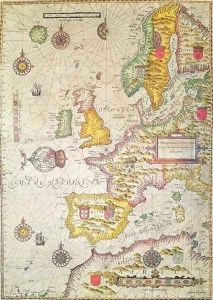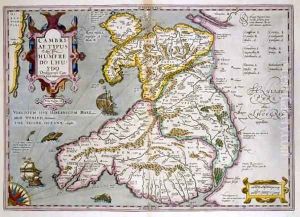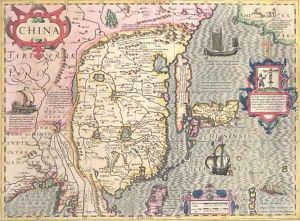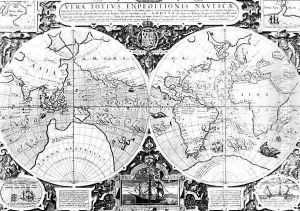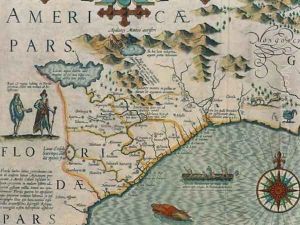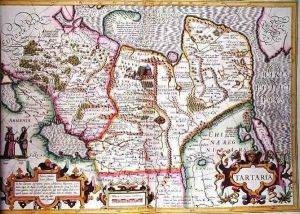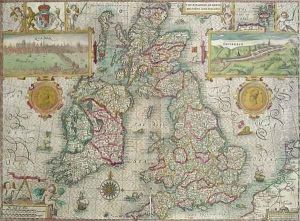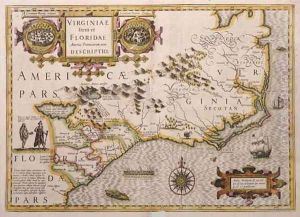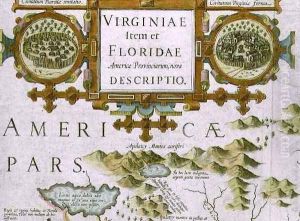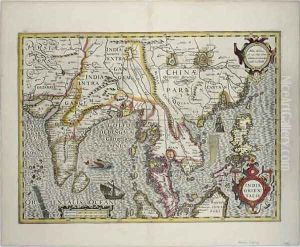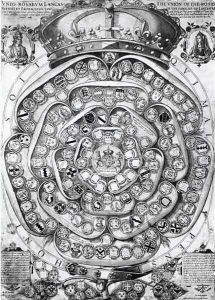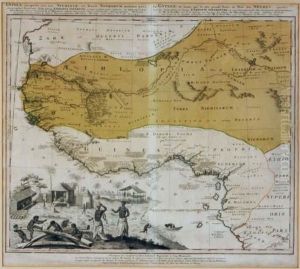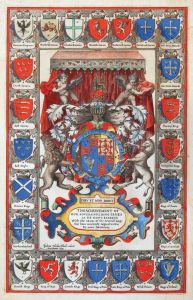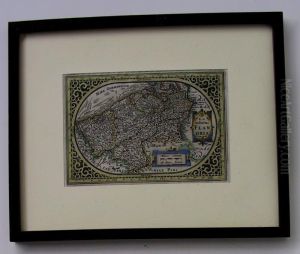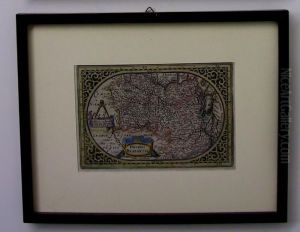Jodocus Hondius Paintings
Jodocus Hondius was a Flemish artist, cartographer, and publisher known for his significant contributions to the cartography of the late 16th and early 17th centuries. Born in the city of Wakken, now part of Dentergem, Flanders, in 1563, Hondius displayed an early talent for mapmaking and engraving. His skills quickly garnered attention, leading him to move to London in 1584, largely due to the turbulent religious climate in the Spanish Netherlands which forced many skilled craftsmen and artists, including Hondius, to flee their homeland. In England, Hondius worked closely with other notable cartographers and continued to refine his craft. However, it was his return to the continent, settling in Amsterdam in 1593, that marked the beginning of his most productive period. Amsterdam was becoming a hub for cartography and publishing, and Hondius capitalized on this environment. He acquired the plates of the renowned mapmaker Gerard Mercator in 1604 and published a new edition of Mercator's Atlas in 1606, which he significantly expanded and updated. This work solidified Hondius's reputation as one of the leading cartographers of his time. Hondius was not just a cartographer but also an entrepreneur who understood the power of collaboration and marketing. He engaged with other cartographers, including his son, Jodocus Hondius the Younger, and his son-in-law, Jan Janssonius, to continue expanding and updating the Atlas. His efforts helped popularize the Mercator projection and made significant contributions to the geographic understanding of the period. Hondius's maps were prized for their accuracy, detail, and artistic quality, blending scientific precision with aesthetic appeal. Jodocus Hondius died in Amsterdam in 1612, leaving behind a legacy that would influence the field of cartography for generations. His innovative approach to mapmaking and publishing not only advanced geographic knowledge but also helped establish Amsterdam as a prominent center for cartography and publishing in the early modern world.
